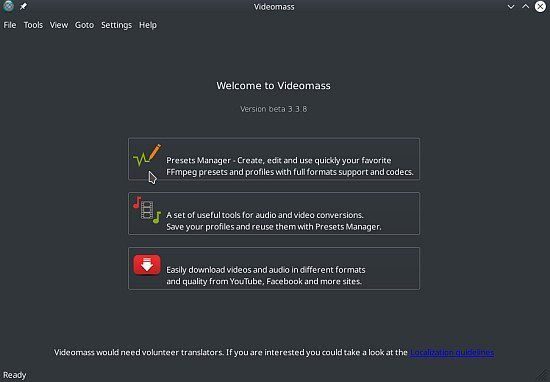
-pix_fmt yuv420p specifies the pixel format, change this as needed.-crf is the quality, lower means better quality, 15-25 is usually good.If no padding is needed use something similar to pic%d.png or %d.png. Where the %04d means that zeros will be padded until the length of the string is 4 i.e 0001… 0020… 0030… 2000 and so on. etc) use the following command: ffmpeg -r 60 -f image2 -s 1920x1080 -i pic%04d.png -vcodec libx264 -crf 25 -pix_fmt yuv420p test.mp4

To take a list of images that are padded with zeros ( pic0001.png, pic0002.png…. I have noticed that different versions of ffmpeg will produce different output file sizes, so your mileage may vary. When using ffmpeg to compress a video, I recommend using the libx264 codec, from experience it has given me excellent quality for small video sizes. Original, Updated : cleanup and information about overlaying images. General-purpose GIF editing command-line library gifsicle.Using ffmpeg to convert a set of images into a video In thisĮxample, we apply the described method to a given GIF my_gif using pygifsicle, a porting of the Used here) is saving just the differences between the following frames. GIF files can be compressed in several ways, the most common one method (the one When the process is finished and the GIF is unexpectedly big. This can be useful when theĮlaboration process for the GIF is not finished yet (for instance if someĮlaboration on specific frames stills need to happen), but it can be an issue Heavy, as the created GIF is not optimized. When creating a GIF using imageio the resulting images can get quite imwrite ( output, img, plugin = "pillow", extension = ".jpeg" ) Optimizing a GIF using pygifsicle #

imwrite ( output, img, plugin = "pillow", extension = ".png" ) # write as JPG output = io. imread ( 'imageio:astronaut.png' ) # write as PNG output = io. Import imageio.v3 as iio import io # load an example image img = iio.


 0 kommentar(er)
0 kommentar(er)
